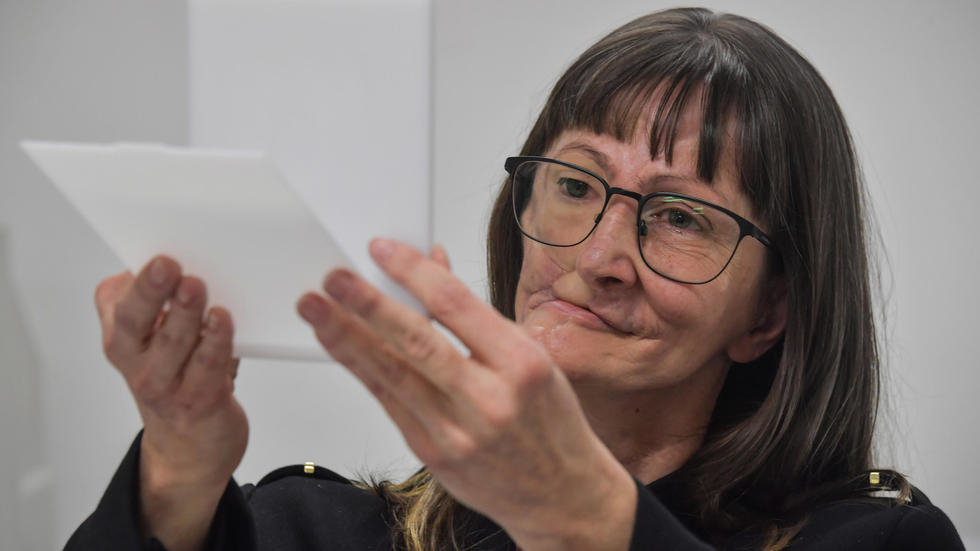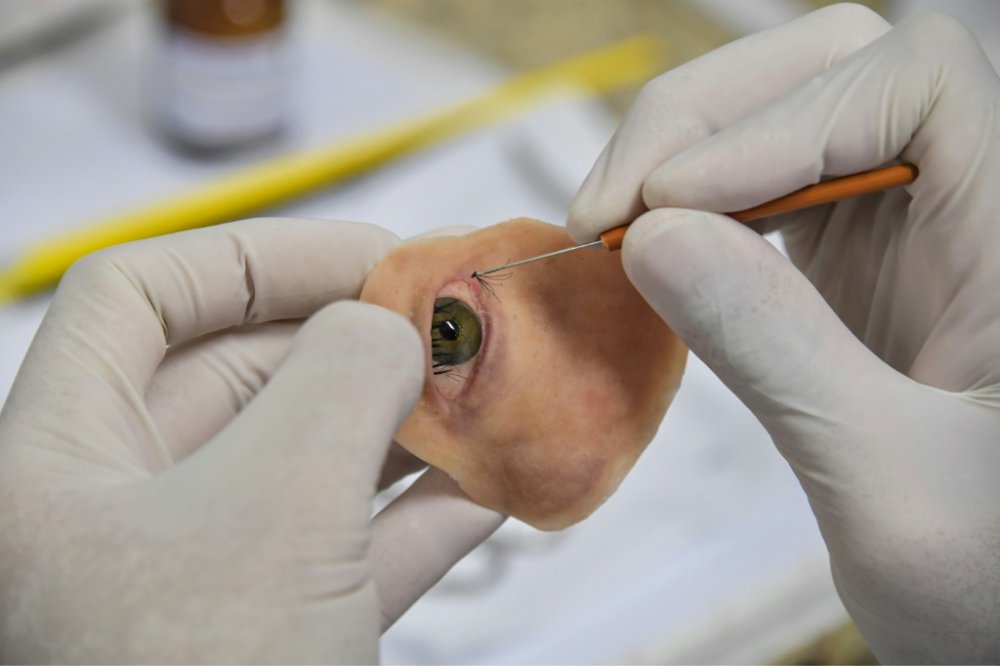
Cancer Survivor Receives Facial Prosthesis Made Using 3D Printing
Denise Vicentin, a Brazilian cancer survivor who lost her right eye and part of her jaw, has received a facial prosthesis develop using a 3D printed prototype.
Researchers at Paulista University (UNIP), São Paulo, Brazil, implemented its method, published in the Journal of Otolaryngology – Head & Neck Surgery, which uses a smartphone to capture digital facial impressions of patients with maxillofacial defects. This data is then used to create cost-effective additively manufactured facial prostheses.
“In the past, it took much longer work, hours of sculpting by hand, and the process was very invasive, with material on the patient’s face to get an imprint of their appearance,” explained Rodrigo Salazar, the lead researcher, and UNIP Postgraduate Dental School.

Denise Vicentin looks in the mirror for the first time after getting her new prosthesis. Photo via AFP.
A maxillofacial 3D printed prosthesis
Vicentin, 53, was diagnosed with a facial tumor 30 years ago. It was then removed twice but returned in a malignant form 20 years later. As a result of her previous treatment, she has difficulty eating and her speech is slurred. In 2018, Luciano Dib, supervisor of the study and UNIP Postgraduate Dental School, began developing the prosthesis method after seeing 3D printing used at a mall.
Shortly after, Dib started working with Vicentin to produce a personalized prosthesis. Thus, she underwent multiple surgeries to build up her facial tissue. Dib then implanted titanium rods in her eye socket to holds the prosthesis. The researchers took 15 pictures of Vicentin’s face from various angles, which were used to make the 3D model.
A 3D printed prototype prosthesis was then used to create the final device in 12 hours -which was produced from silicone, resin, and synthetic fibers. This was then painted to match Vicentin’s skin and eye color.

The final facial prosthesis created using a 3D printed prototype. Photo via AFP.











